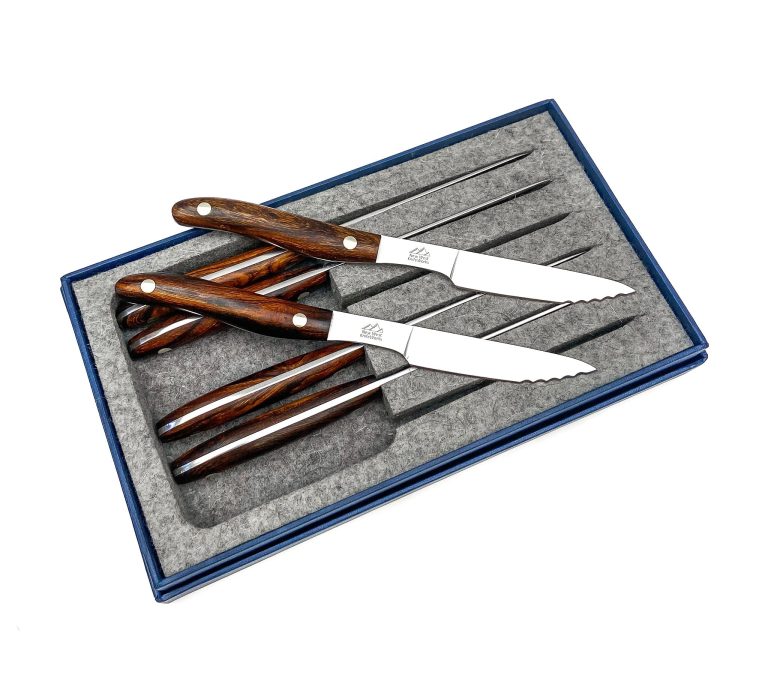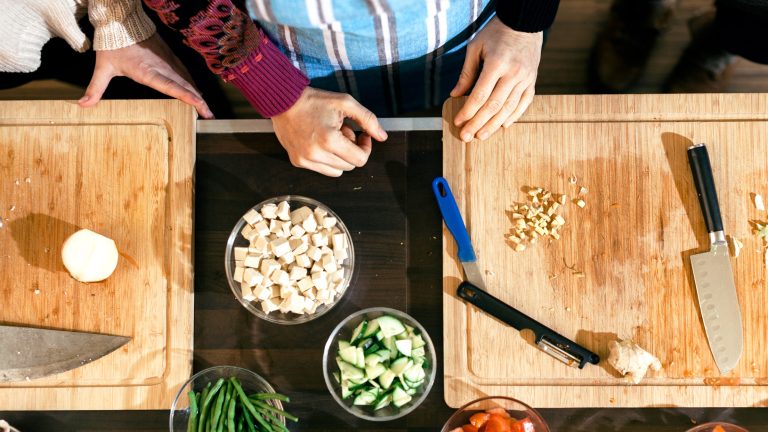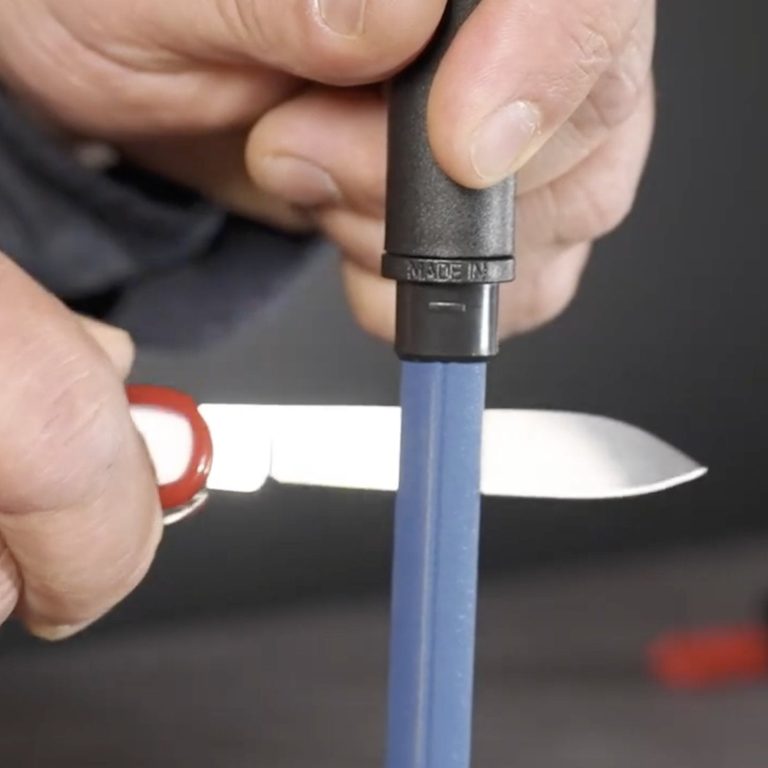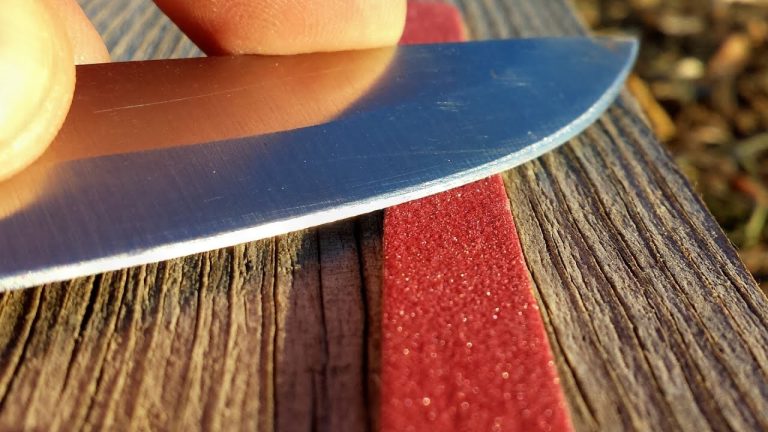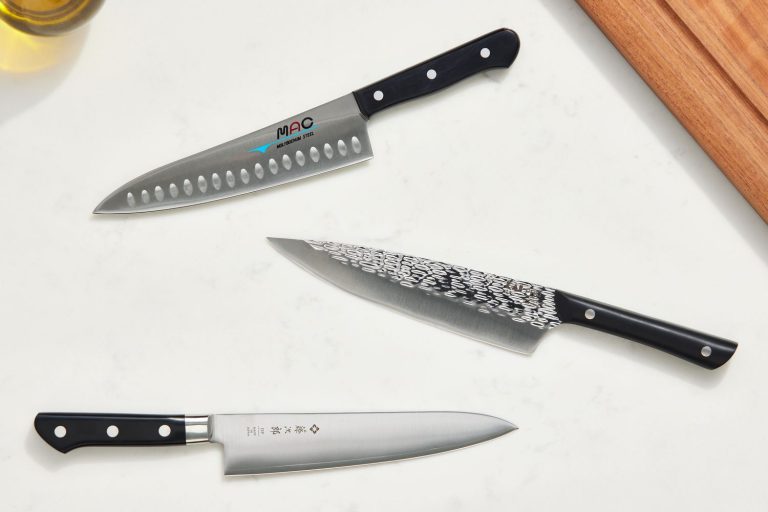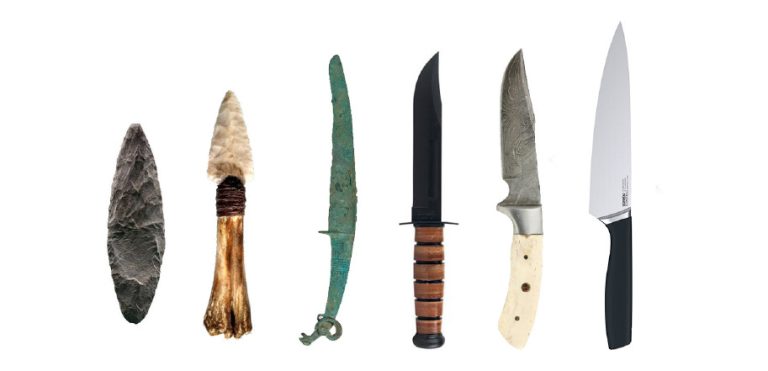Knife Skills for Home Gardeners: Harvesting And Preparing
Knife Skills for Home Gardeners: Harvesting And Preparing is a comprehensive guide that provides helpful tips and techniques to efficiently harvest and prepare produce from your home garden. Mastering knife skills is essential for any gardener looking to make the most out of their homegrown ingredients.
In this guide, you’ll learn the proper techniques for harvesting different types of fruits and vegetables, as well as the best practices for preparing them for cooking or storage. With these skills, you’ll be able to enjoy the fresh flavors of your garden and elevate your culinary creations.
So, let’s delve into the world of knife skills for home gardeners and discover the secrets to transforming your garden’s bounty into delicious meals.
The Importance Of Knife Skills For Home Gardeners
Knife skills are essential for home gardeners as they play a crucial role in the harvesting and preparation of fresh produce. When we talk about knife skills, we are referring to the ability to efficiently and safely handle a knife while making precise cuts. Mastering these skills has numerous benefits for home gardeners, making their cooking experience more enjoyable and productive.
Why knife skills matter:
- Efficiency: With proper knife skills, home gardeners can save time by quickly and accurately preparing ingredients.
- Safety: By learning the correct techniques, gardeners can reduce the risk of accidents and injuries in the kitchen.
- Enhanced flavors: Properly cut fruits, vegetables, and herbs can improve the taste and texture of dishes.
- Presentation: Well-executed knife skills can elevate the visual appeal of meals, making them more aesthetically pleasing.
- Minimized waste: Precise cuts produce minimal waste, allowing gardeners to maximize the use of their harvested produce.
Improving your knife skills can transform your culinary endeavors, allowing you to truly appreciate the fruits of your gardening labor. With practice and a focus on technique, home gardeners can become proficient in the art of knife skills, making their kitchen experiences more efficient and enjoyable.
Essential Knives For Home Gardeners
| Essential Knives for Home Gardeners |
| Choosing the right knives for different tasks |
When it comes to knife skills for home gardeners, having the right tools is essential for harvesting and preparing your produce. Here are a few guidelines on choosing the right knives for different tasks:
- The Anatomy of a Knife: Understanding the basic components of a knife can help you make informed choices. A typical knife consists of a blade, handle, and tang. Different blade designs, such as chef’s knives, paring knives, and serrated knives, offer versatility for various tasks.
- Maintaining and Sharpening Your Knives: Proper maintenance ensures that your knives remain sharp and efficient. Regularly clean and dry your knives to prevent corrosion. Sharpening your knives using a honing steel or a sharpening stone keeps the blades in optimal condition.
By investing in the right knives and knowing how to maintain them, home gardeners can enhance their knife skills and make the most of their harvest. Whether you’re slicing, dicing, or chopping, having the right tool for the job makes a significant difference in the kitchen.
Harvesting Techniques For Home Gardeners
Harvesting Techniques for Home Gardeners:
When it comes to harvesting your homegrown produce, selecting the right time is crucial for optimal flavor and nutrition. Different fruits and vegetables have specific indicators to determine their readiness for harvest. For example, ripe tomatoes will have a vibrant color and will easily detach from the vine with a gentle twist. On the other hand, leafy greens should be harvested when they reach the desired size and before they start to develop a bitter taste. Once you have picked your produce, proper handling and storage are essential to maintain freshness and prevent spoilage.
Proper handling of harvested produce involves gently removing any dirt or debris, being careful not to bruise or damage the items. Washing the fruits and vegetables is essential, but make sure to dry them thoroughly before storing to prevent mold growth. Storage conditions vary depending on the type of produce, with some items needing refrigeration, while others can be stored at room temperature. Adhering to these guidelines will help extend the shelf life of your homegrown harvest.
Tips for harvesting specific types of fruits and vegetables:
| Produce Type | Harvesting Tips |
|---|---|
| Tomatoes | Twist and gently remove when vibrant color is reached |
| Leafy greens | Harvest when desired size is reached to avoid bitterness |
| Root vegetables | Carefully dig around the base and lift with minimal damage |
| Soft fruits | Pluck when fully ripe and fragrant |
Knife Techniques For Home Gardeners
Knife skills are essential for home gardeners when it comes to harvesting and preparing produce. Different cutting techniques are required for various types of fruits and vegetables. Slicing is perfect for creating even and consistent slices, while dicing is ideal for creating uniform cubes and chopping works best for rough cuts or smaller pieces. It is crucial to practice knife safety tips to avoid accidents and injuries. Always keep your fingers curled inward while cutting and use a proper cutting board to prevent damage to your countertops. Make sure to keep your knives sharp as dull blades can be dangerous. Additionally, it is important to store knives safely to avoid any accidents. Proper knife skills and techniques will help you make the most of your homegrown produce in the kitchen.
Preparing Garden-Fresh Produce
Cleaning and prepping your vegetables and fruits: Whether you have a small backyard garden or a few pots on your terrace, properly cleaning and prepping your garden-fresh produce is essential for safe and delicious meals. Start by rinsing your vegetables and fruits under cool running water to remove any dirt or debris. For root vegetables, such as carrots and potatoes, use a brush to gently scrub away any stubborn dirt. Remember to remove any damaged or spoiled parts before proceeding with your meal preparation. If you’re planning on using your produce raw, it’s important to pay extra attention to cleanliness. Consider soaking leafy greens in a solution of vinegar and water to eliminate any lingering bacteria. Once your vegetables and fruits are clean, pat them dry with a clean towel or use a salad spinner to remove excess moisture. These simple cleaning steps will ensure that your homegrown ingredients are ready to shine in all their natural glory!Enhancing Flavors With Knife Skills
Enhancing Flavors with Knife SkillsTechniques for maximizing flavor extraction: Incorporating proper knife skills can significantly enhance the flavors of your dishes. By chopping ingredients in a consistent manner, you ensure even cooking and avoid unpleasant variations in taste. The size and shape of the cut also impact the release of flavors. For instance, rough dicing allows for a stronger flavor extraction compared to fine mincing.
Using knife skills to create texture and visual appeal: Beyond flavor, knife skills also contribute to the texture and visual appeal of a dish. Choosing the right knife for each task is vital, as it affects the final outcome. Techniques such as julienning, chiffonading, or brunoise can add delightful textures and a visual wow factor to your creations.
Pairing knife skills with herbs and spices to elevate dishes: Pairing your knife skills with the right herbs and spices can take your dishes to the next level. Employing precision techniques like chiffonade with delicate herbs such as basil or mint ensures they are evenly distributed. Moreover, mastering knife skills enables precise cutting of spices, unlocking their full potential and enhancing the overall flavor profile of your dishes.
Knife Maintenance And Safety Tips
Proper knife storage to prolong sharpness:
When it comes to knife maintenance, proper storage is crucial. To keep your knives sharp and in excellent condition, store them in a knife block or on a magnetic strip. This ensures they are protected from nicks and scratches that can dull the blade over time. Avoid storing knives in drawers where they can rub against other utensils, causing damage. Additionally, always make sure the knives are dry before storing them to prevent rust or corrosion from developing.
Regular cleaning and maintenance for longevity:To ensure your knives last for years to come, regular cleaning and maintenance are important. After each use, wash the knives with warm, soapy water and a soft sponge. Dry them thoroughly to prevent any moisture from causing damage. It’s also recommended to periodically oil the blades with food-safe mineral oil to prevent corrosion. Lastly, honing the blade with a honing steel before each use helps maintain its sharpness.
Knife safety guidelines to prevent accidents:Safety should be a top priority when handling knives. Always keep your fingers away from the blade and use a cutting board to avoid accidental slips. Store knives in a designated area away from the reach of children. When passing a knife to someone else, hand it to them handle-first. Lastly, never leave a knife unattended, especially when it’s near the edge of a countertop or table.
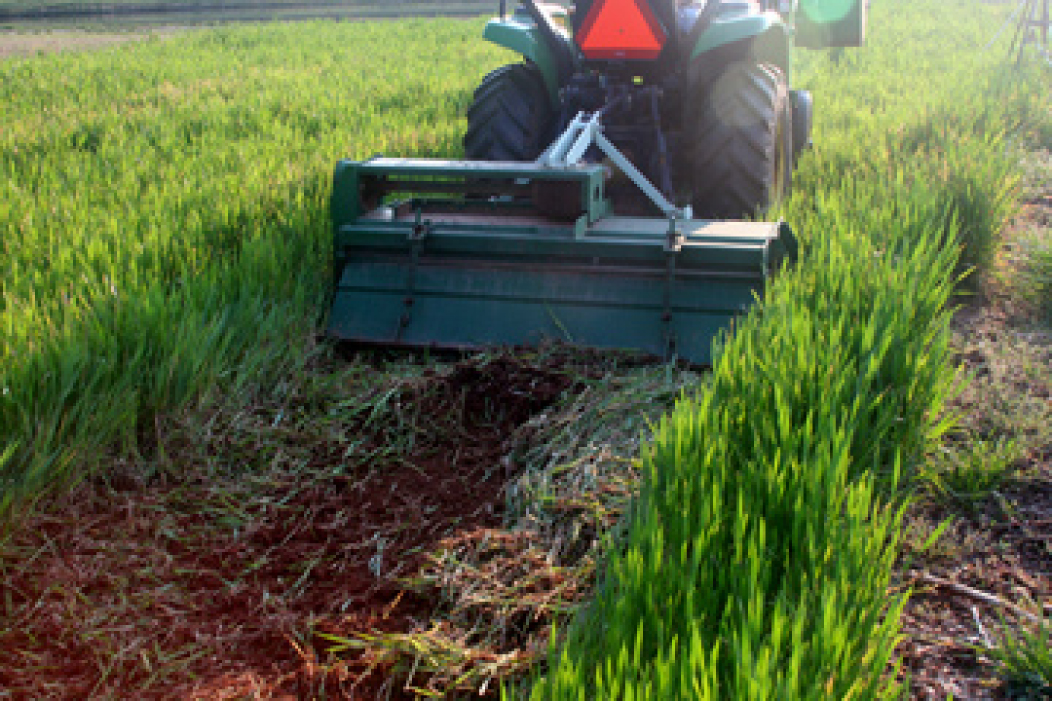
Credit: extension.uga.edu
Conclusion
Mastering knife skills is essential for home gardeners to harvest and prepare their produce effectively. From selecting the right knife to understanding proper techniques, this blog post provided valuable insights to help you become a proficient gardener in the kitchen.
By practicing safe handling and precision cutting, you can maximize the flavors, textures, and nutritional benefits of your homegrown fruits and vegetables. Remember to maintain your knives regularly and invest in quality sharpening tools to ensure they remain in optimal condition.
Additionally, storing your knives properly will prevent accidents and prolong their lifespan. Incorporating these knife skills into your gardening routine will not only elevate your culinary creations, but it will also empower you to take full advantage of the bountiful harvest from your garden.
Happy gardening and happy cooking!

